Spain
Priest Joins Religious Congress
Juan carlos ramchandani (pandit krishna kripa das) participated in a congress on the “Legal Status of Religious Minorities” in Spain in March, 2024. El Faro Ceuta reports that Ramchandani spoke about how Hinduism has a documented presence in Spain for 150 years and has about 75,000 members, but lacks the status known as Notorio Arraigo (well-known roots). Therefore, it lacks official recognition with the privileges and duties that the government of Spain grants to the religious faiths that do have it. “So, we have a precarious administrative situation in issues as important as the recognition of marriage through the Hindu rite, exemption from paying property tax for places of worship, access to subsidies, ease of permits to build temples, regulation of ministers of worship and a long list of shortcomings,” said Ramchandani.
Nepal
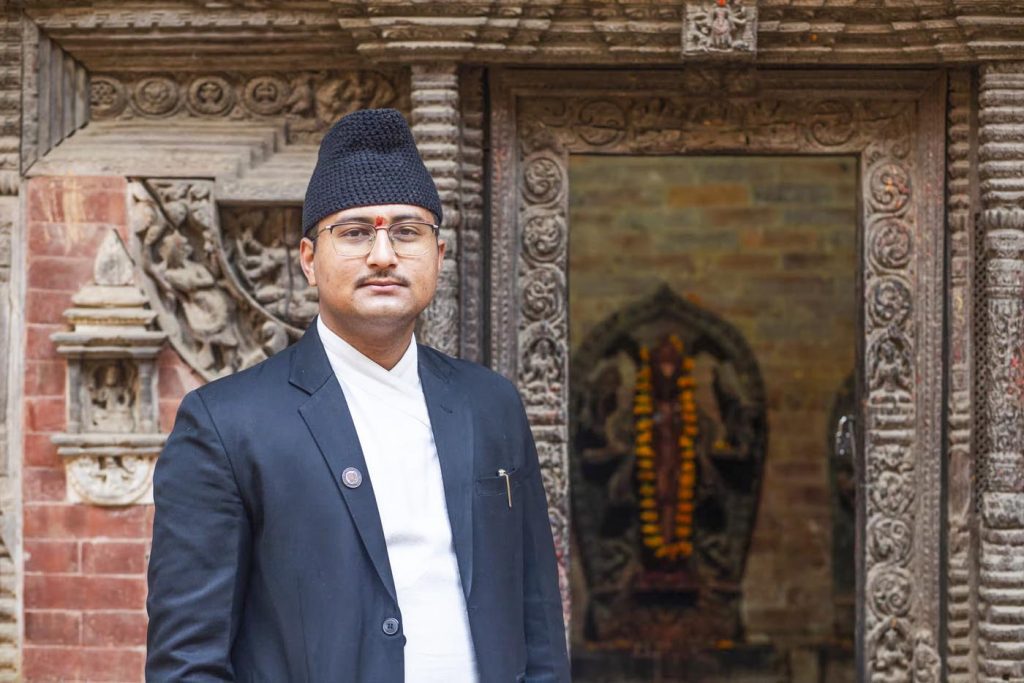
Retrieving Religious Artifacts
Thousands of artifacts have been looted since Nepal opened up to international trade and tourism in the 1950s. “Kathmandu valley was an open museum,” Rohit Ranjitkar, director of the Kathmandu Valley Preservation Trust, told The Guardian. “Besides temples or monuments, there were old treasures. I think the local people did not value it all or were unaware. So much was gifted, thrown out or sold by locals.” Recent years have seen a concerted effort by Nepali heritage hunters to repatriate these objects, helped by the changing attitudes of Western governments and institutions, which have become more willing to return disputed artifacts. Sanjay Adhikari’s life changed after reading that a statue of Lakshmi-Narayana from Nepal was on display at a Dallas, USA, museum. He successfully campaigned to get it returned in 2021, inspiring him to launch the Nepal Heritage Recovery Campaign. As one of the country’s leading heritage lawyers, he has helped to recover about 30 artifacts.
Australia
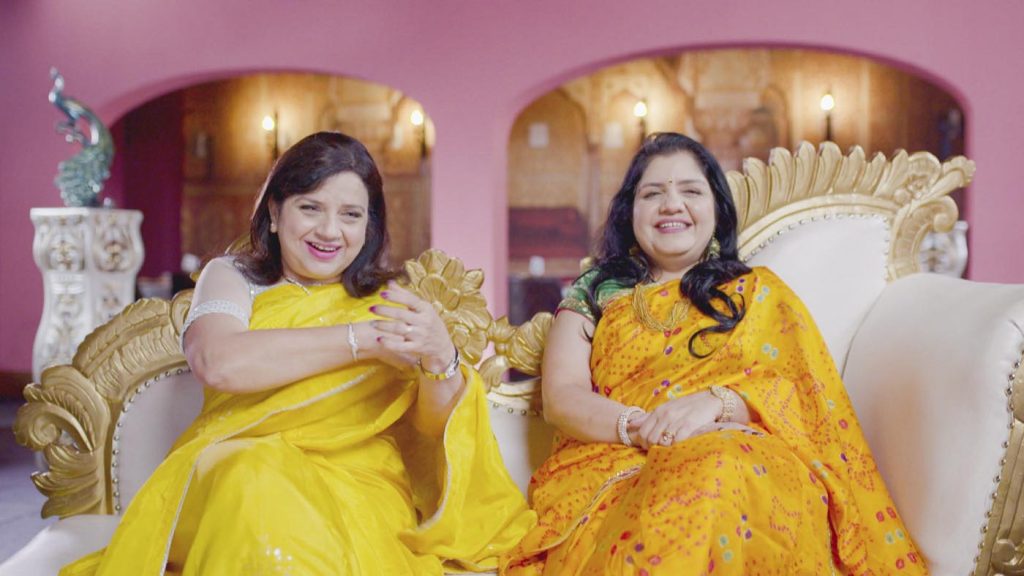
Matchmakers Facilitate Quest For Happily Ever After
In an era dominated by online dating and rising divorce rates, many Australians are returning to the time-honored tradition of matchmaking to find lifelong partners. As reported in theindiansun.com.au, the Special Broadcasting Service, which publicizes minorities, profiled this resurgence in the Hindu, Muslim and Jewish communities in a three-part series called The Matchmakers, in February 2024. It follows on the heels of the well-known Netflix series Indian Matchmaking.
Debuting for the Hindu portion, Preeti Kothari and Heena Kajaria have dedicated themselves for a decade to fostering connections as matchmakers among Indians in Australia and beyond. The women share similar backgrounds as Gujaratis, initially migrating to New Zealand and eventually settling in Australia. Their paths converged in Sydney, where they discovered their shared goals. Preeti initiated Soulmate Matrimonial about ten years ago. Heena later joined the venture, bringing her social connections into the mix.
They maintain a database of about 2,000 candidates, mainly from Australia, New Zealand and India. Nowadays, says Preeti, they are receiving registrations from around the world. Clients have lists of requirements, and sometimes caste and horoscope play a role. But Preeti advises: “Don’t be so picky, limit your criteria.” She believes that if there’s a 70-80 percent compatibility, a couple should meet. It’s not a commitment to marriage, and a meeting can be beneficial. After meeting or chatting, seeking family input can further guide the choice, she says.
Abu Dhabi
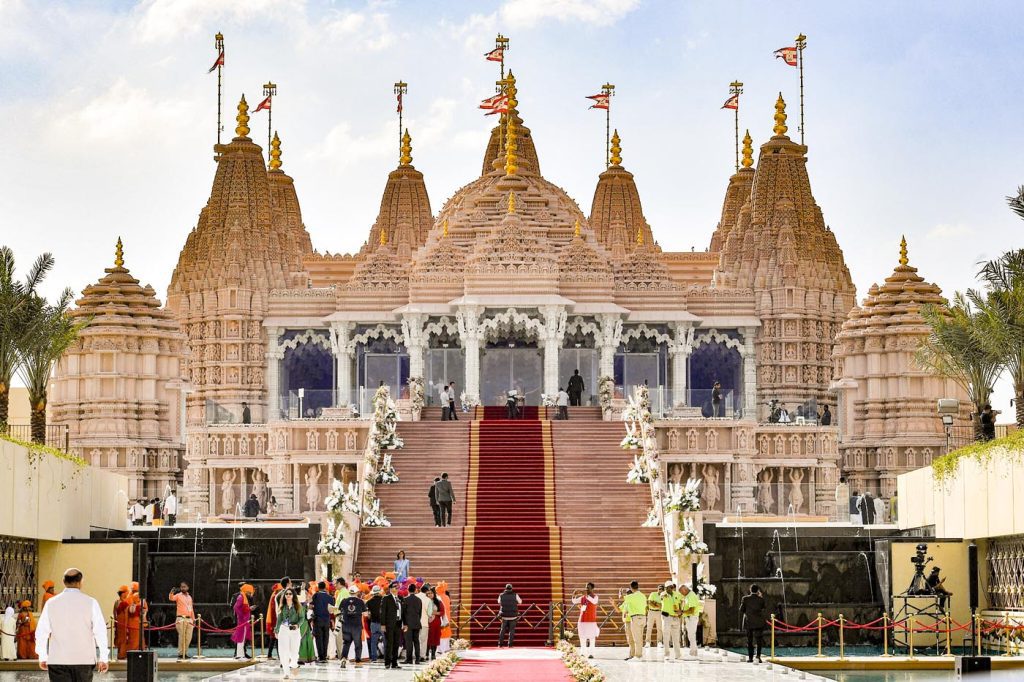
Abu Dhabi Inaugurates First Hindu Temple
In february 2024, the capital city of the United Arab Emirates saw the consecration of a new BAPS Hindu Temple complex. According to msn.com, India’s Prime Minister Narendra Modi had laid the foundation stone in 2017 as part of cultivating relations with the Middle East. Spanning 27 acres, the complex boasts a stone temple capable of accommodating 3,000 devotees, a community center and exhibition hall.
Rising to 108 feet, the temple is adorned with seven spires representing each of UAE’s emirates, and houses shrines to seven Deities. Brahmavihari Swami, head of BAPS international relations. He told The Week, “Hundreds of people told me that a traditional temple, built of natural stone, of this magnitude, was not possible in this region. But, as hearts and minds connected, everyone connected, and it became possible. Genuine places of worship are a source of harmony.”
Indonesia
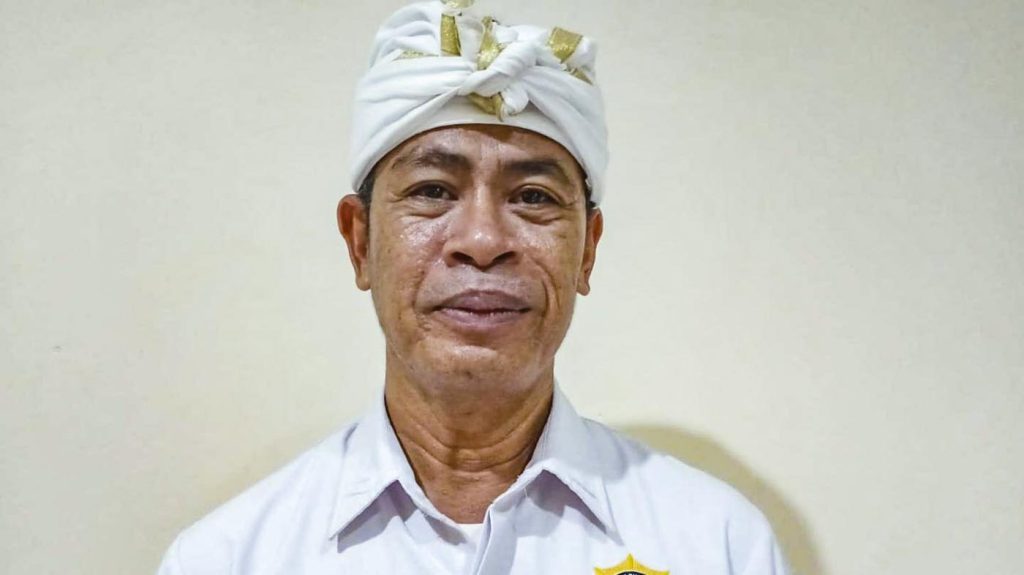
Government Ministry Plans To Serve All Religions
Parisada hindu dharma Indonesia (PHDI) Bali responded positively to the Indonesian Ministry of Religion’s plan, announced in March 2024, to be a service center for all religions. Nusabali.com reports that, so far, the Ministry only performs services for Muslims, while other people use services at other institutions such as the Civil Registry Service.
PHDI is the highest religious body in Bali. Chairman of the PHDI Bali Daily Management I Nyoman Kenak (photo right), while appreciating the plan, said that synchronization was needed with the system that had been running so far. “If we are invited by the Ministry of Religion, we are ready to help,” he affirmed.
The Ministry of Religion has mapped out 40 existing services that are ready to expand and serve people of all religions, including marriage registration, recording, issuing letters of recommendation, receiving data, as well as correcting and changing marriage data, issuing status certificates and pre-marital guidance, consultation with Buddhist, Muslim and Christian families, the issuance of identities of places of worship and letters of recommendation for assistance for places of worship.
Minister Yaqut Cholil Qoumas said this will promote tolerance and harmony, and that various Ministry facilities can also be used as a temporary place of worship for non-Muslims who still have difficulty setting up their own house of worship due to economic or social factors.
Ghana
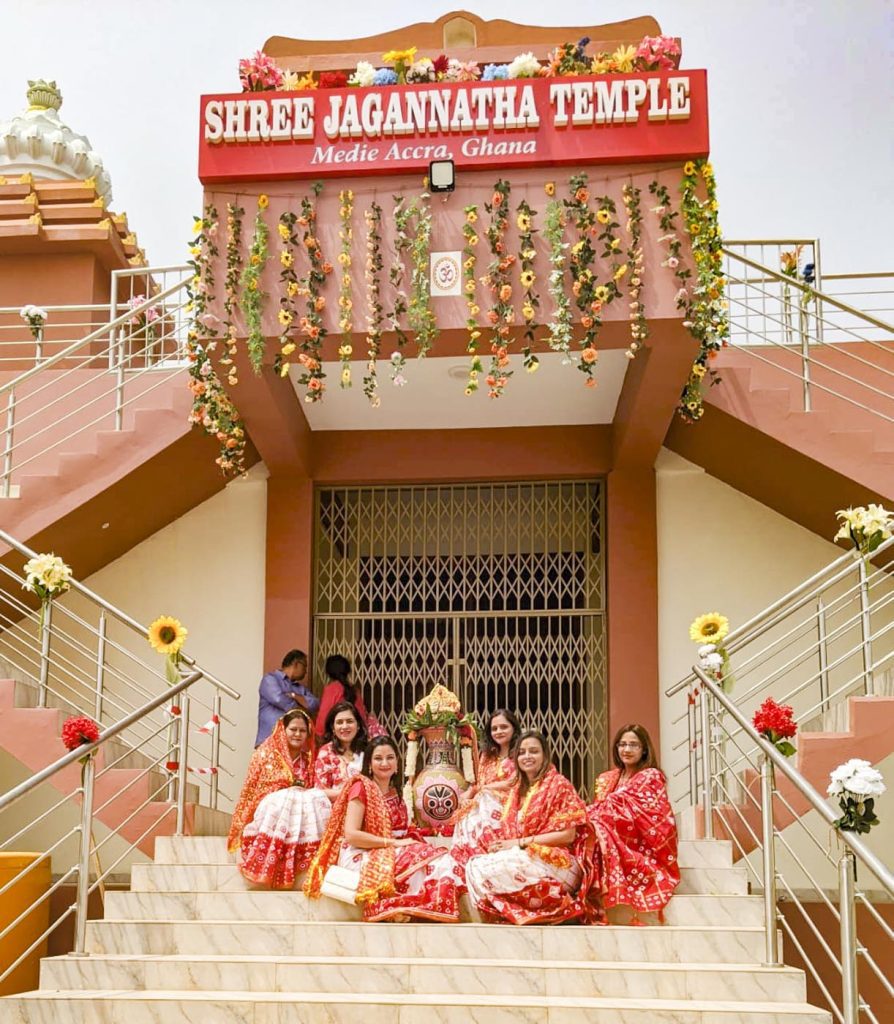
Jagannath Temple Opens In Ghana’s Capital City
A jagannath temple in the city of Accra built by the Utkala Ghana Association was inaugurated from January 27 to February 4, 2024. The Times of India reports that the High Commissioner of India to Ghana, Manish Gupta, was the chief guest. Numerous Indian associations, ISKCON Ghana and countless Lord Jagannatha devotees extended their support and assistance in the construction.
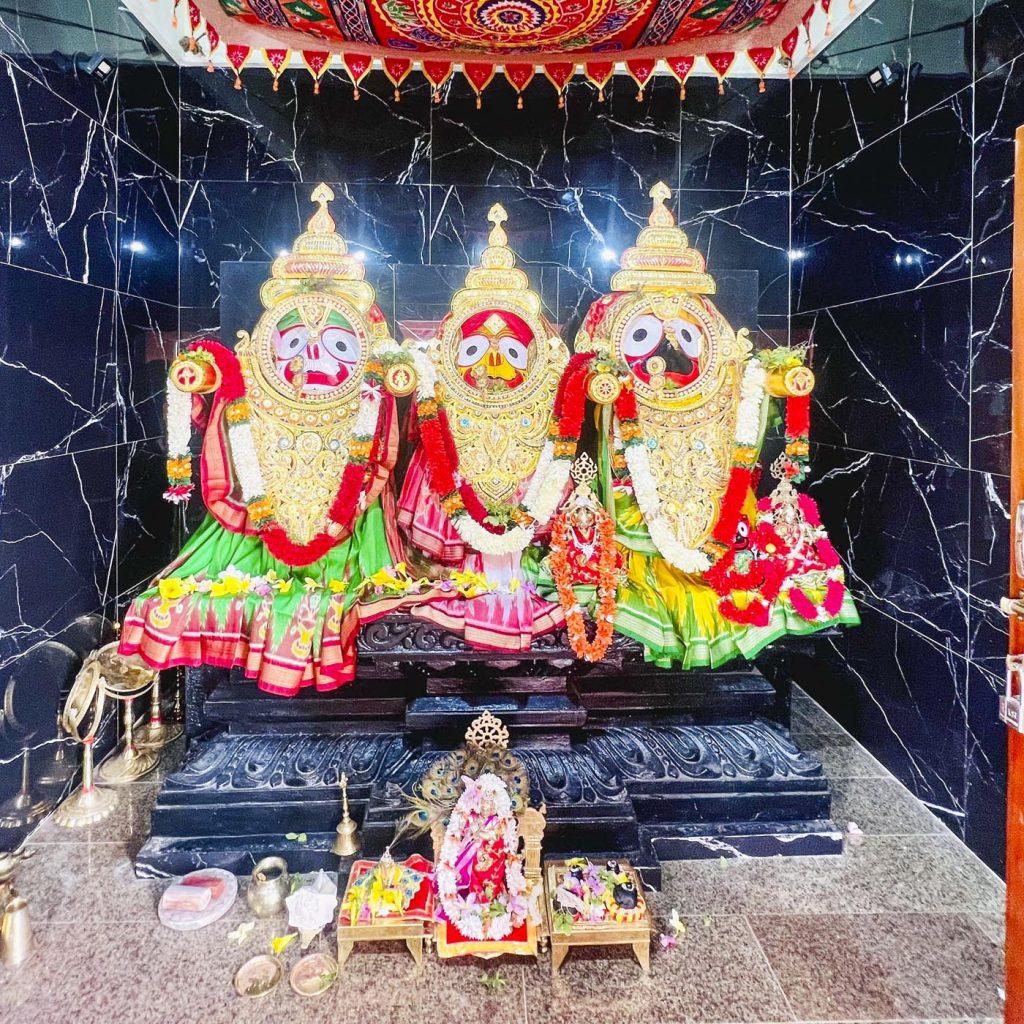
The rites were conducted by a team of five priests from Puri, India. Highlighting the event was the kalash yatra on January 28, in which over 1,000 devotees participated. The temple complex boasts a main sanctum resembling the famous Puri Srikshetra, plus smaller shrines for Lord Siva, Lord Ganesha, Maa Bimala, Maa Lakshmi and Lord Hanuman.
“With this temple’s inauguration, I am happy that our children are learning about our culture and traditions,” said Tapan Kumar Panda, joint secretary of the Utkala Ghana Association.
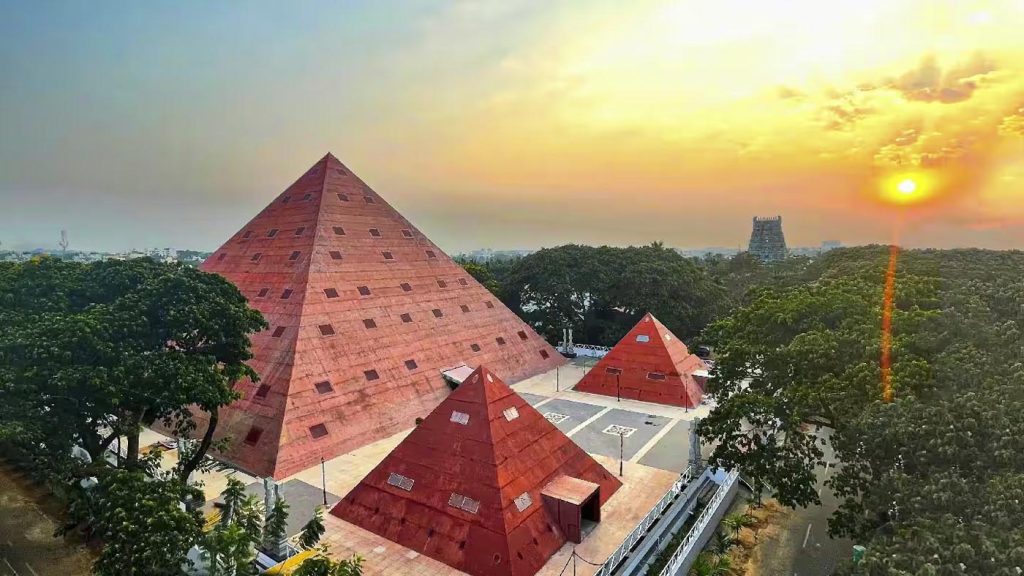
A Unique Paradigm for Holistic Health
Shivaratnapuri temple of health, a pyramidal abode of wellbeing, is a place where wellness is the mantra, cure is an amalgamation of science and faith, and participants are not called patients. A dream project of Sri Jayendra Puri Swami, pontiff of Kailash Ashram in Bengaluru, the facility is located a few hundred feet from the famous Sri Rajarajeshwari Temple of Kailash Ashram. An imposing pyramid modeled on the lines of the Great Pyramid of Giza in Egypt, it is a curative center with a difference. All disciplines of treatment, from traditional to modern medicine, are made available for a person to choose from. There are no inpatients; it is only for outpatients and consultation, open five days a week from morning to evening. The motto is “freedom from medication.”
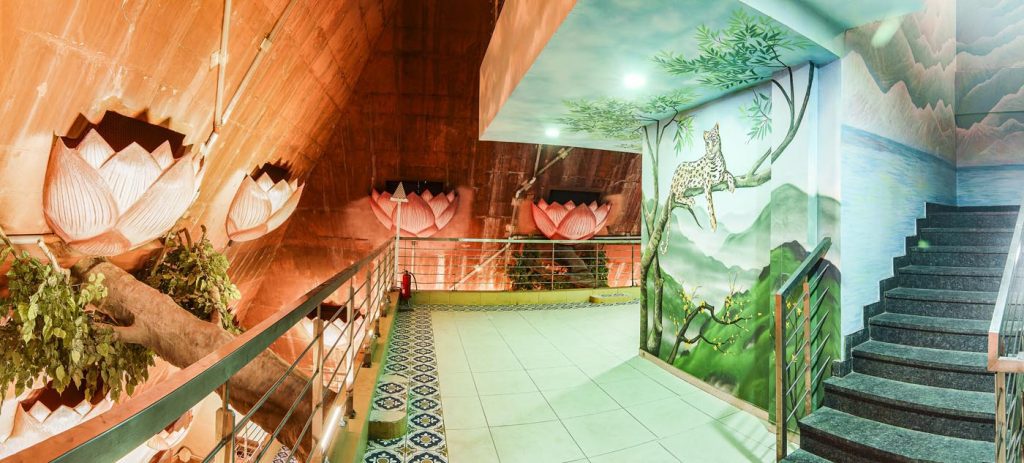
Built to one fifth the size of the Great Pyramid, the structure is perhaps the first of its kind in India, according to engineering experts involved in the process. The pyramid is a free-standing hollow shell, 150 by 150 feet at the base, constructed in concrete with no steel reinforcement. “We have used Reinforced Plastic Bars (RFP),” says one expert engaged in the construction. “It was a technological challenge; pouring concrete on a slant to a height of 97 feet wasn’t easy. Jayendra Puri Swamiji, an engineer himself, closely oversaw the work every day.”
Honoring his guru, the founder of Kailash Ashram, Swamiji reflected, “Every moment Shivaratna Puri Swami guided me and gave me the confidence. Whenever we hit a roadblock, he would bestow the intuitive knowledge to overcome it. The first four attempts of securing the walls failed, yet I never lost faith. Molding cement into the slabs at a slant was a huge challenge. I took a decision to pour concrete directly into its final position on site, in boxes customized for the walls, and it worked. Layer by layer we built the slanting walls to hold all the sides together. I learned AutoCAD and CorelDRAW in two weeks to work on the drawings.”
Architects and construction engineers from Singapore and elsewhere were brought on board. Glass-fiber reinforced polymer was imported from Russia. Built inside the pyramid frame are seven stories housing various departments. This internal structure is a stand-alone conventional construction using steel and other common materials.
Facilities
“Almost all the doctors of the various disciples have been empaneled” Venugopal, Public Relations Officer, explained. While some sections are directly managed by the Kailash Ashram Charitable Trust, many others have been outsourced to already existing clinics, treatment and diagnostic centers.” Some departments—such as dentistry, ayurveda, speech and hearing therapy, diabetic reversal and acupressure—are fully operational. “In the next few months the entire hospital will be fully operational,” says Venugopal.
The spacious ground floor has a temple for Dhanvantari, the Lord of Medicine and healing. Also on this floor are a physiotherapy and occupational therapy center, diagnostics lab, X-ray and scanning, allopathic pharmacy, administrative office and Dine Divine, a cafeteria serving sattvik meals and snacks.
Of course, each higher floor is proportionately smaller. The first floor houses a dental department, ophthalmology, a diabetic reversal (a new technique based on diet and yoga), and Nele, a speech and hearing treatment center, as well as therapy center here for differently abled children, run by a private entity.
The second floor is exclusively for alternative medicine. Doctors from Bhagwan Buddha College run the homeopathy center. Dr. Rajashri, a devotee of Kailash Ashram, runs the ayurveda centre. DORN therapy (Reflexology) is run by a visiting doctor from Tiruchi (Tamil Nadu) thrice a week. “Siddha medicine, acupressure and acupuncture sections have been operating successfully with a good recovery rate,” says Venugopal.
The third floor is for yoga. A morning session from five to six is conducted by Jayendra Puri Swami. A evening session is conducted by a visiting expert. Sound therapy sessions are conducted twice a month.
The fourth floor is for meditation, open to the general public with prior permission. The fifth floor is strictly for mendicants and ascetics to engage in contemplation. The sixth floor houses a water tank to capture the pyramidal energy. The seventh floor, a small space right under the pyramid peak of the pyramid enshrines life-like wax models of Jayendra Puri Swami surrendering to his Guru, Shivaratna Puri Swami.
Why a Pyramid?
Since 1992, a modest dispensary under Sree Rajarajeshwari Charitable Hospital Trust operated under the aegis of Kailash Ashram. Says Jayendra Puri Swami, “In 2009 we decided to construct a hospital. When I visited the plot, I was triggered by the thought of a pyramidal construction that would contribute to the health of the people because the structure itself would be an energy center.” He was inspired by studies indicating that the geometry of the Egyptian pyramids channels and focuses cosmic energy.
As in Giza, two smaller pyramids stand beside the large one. The first is a play hub for children, with sea sand on the floor. The second is a registration center and a dispensary that offers free medicine. Around the comples is a walking path filled with sea sand that is regularly treated with turmeric water and neem leaves to enhance healing.
